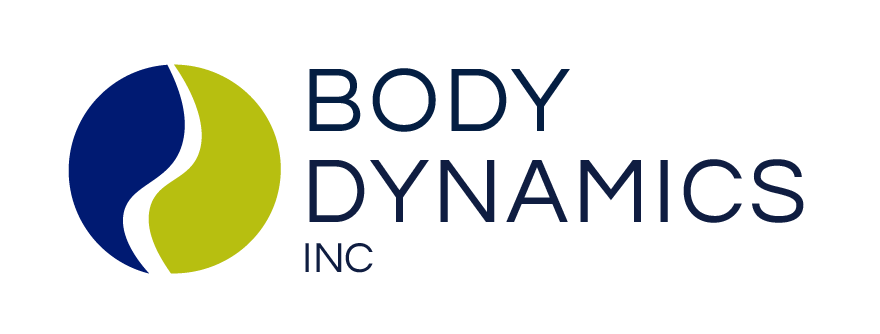Have you been working on resolving the same injury or pain for a while now, but it just keeps coming back? Have you noticed that you always walk with your left toe out more than your right, your right shoulder seems to roll forward, or your ribs seem to stick out more on the left? Maybe you even have rib, shoulder, hip or back pain that keeps pinging around?
Our bodies are not perfectly symmetrical! The different systems, like our nervous system or cardiovascular system, exist in harmonious imbalance. That is, your right arm moves with your left arm. Or, for example, the right diaphragm is supported structurally by the liver.
It may be that you are using a movement pattern that is no longer helping you. You may have become too entrenched in a posture or pattern and need help unraveling it. One method that we use at BDI to try to change these patterns is to use PRI-based exercises.
What is PRI?
The Postural Restoration Institute is an institute with an approach to physical medicine based on the premise that the physical body is inherently asymmetrical. These asymmetries are ideally integrated and our body can function with minimal dysfunction and discomfort. This is not always the case, in order to keep going, we often develop patterned behavior that continues unmonitored until we start to feel that the patterns that were once moving us forward are holding us back.
Some of the clinicians at BDI have begun to take coursework from the Postural Restoration Institute and it has begun to inform our practice. The PRI paradigm has expected patterned movement and positions that can go from head to foot and are different on the right and left sides. In order to “unwind” these patterns practitioners instruct and aid their patients in intentionally asymmetrical exercises with the end goal of right side and left side integration with reciprocal movement like walking.
What is very interesting is that breath work and slowing the breath patterns down in order to have a parasympathetic response is integral to the PRI techniques. Restoring optimal diaphragmatic function and allowing the nervous system to be settled enough to allow new information to integrate is Step One.
Even if the patterns don’t resonate with every patient or client, at least immediately, the global approach to observing the whole body and movement, as well as addressing the whole being resonates with how BDI aims to partner with our community to help them live their best life.
We hope the exercises and stretches we have compiled will help you! If pain persists, we encourage you to seek an evaluation with one of our physical therapists. Know more, be well with Body Dynamics!
